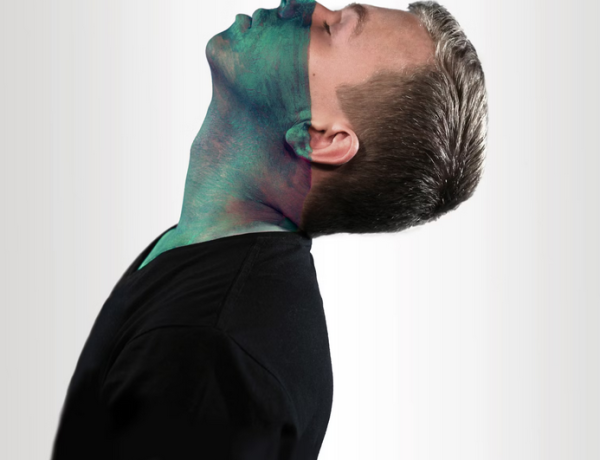Today we want to discuss 4 types of Tinnitus. Tinnitus is a problem for many people today. What are the four main types of tinnitus? How do they differ?
- Subjective Tinnitus
Subjective tinnitus is more than just annoying or frustrating. The constant noise can utterly disrupt daily functioning and cause severe distress. Dysfunctional auditory processing in the central nervous system is often the cause of this noise. Normally spontaneous neural activity in auditory pathways is filtered out at higher levels before it reaches conscious perception. However, it is theorized that with hearing problems, damage to hair cells, or hyperactive networks, this filtering process breaks down. The brain struggles to compensate and begins over-interpreting innocuous neural signals as phantom noise.
Stress and emotions may also activate neural loops and make tinnitus temporarily louder or more bothersome. Coping strategies focus on relaxation techniques to dampen the body’s stress response, sound therapy that trains the brain to filter out the noises, and counseling. Hearing aids can also help with tinnitus by boosting input to auditory pathways. However, there is no definitive cure yet aside from time as most patients gradually habituate to the tinnitus over six to 18 months. Cutting-edge research into targeted neuromodulation therapies looks promising for suppressing overactive neural networks in the future.
- Neurological Tinnitus
Neurological tinnitus is caused by issues in the brain’s and nervous system’s auditory processing pathways rather than the inner ear. This type of tinnitus may originate from conditions such as head injuries, disorders like multiple sclerosis, vestibular schwannoma tumors, and more. The symptoms tend to come and go and change in volume. Treatment addressing the underlying neurological disorder is the main option for managing this type of tinnitus. When no treatable cause is found, patients may benefit from tinnitus retraining therapy or sound enrichment therapy to help tune out and habituate to the phantom sounds.
- Somatic Tinnitus
Somatic tinnitus is tinnitus that may start or get altered when specific head and neck maneuvers are performed. It may have an intermittent or constant “clicking” quality and is thought to arise from cross-talk between the somatosensory system and auditory system in the brain. Causes can include dental disorders, jaw-joint arthritis, head or neck injuries, muscle spasms, and more. It is thought that when there are problems with these areas, abnormal signals get sent to the auditory processing parts of the brain even though there is no actual sound entering the ear. These signals get interpreted by the brain as phantom sounds, resulting in a ringing or other noise being perceived that has no external source. Treatment typically focuses on the underlying muscular or skeletal condition, such as through physical therapy, surgery, Botox injections, or other interventions focused on correcting structural problems. Successfully resolving those issues can often eliminate the tinnitus.
- Objective Tinnitus
Objective tinnitus is the rarest type, making up less than 1% of cases. It refers to noise originating from inside the body that can sometimes be heard by the examiner during medical assessment as well as by the patient. Causes include muscle contractions around the ear, blood vessel issues, palatal myoclonus contractions, and abnormalities in the eustachian tube function. The treatments focus on addressing the underlying cause of the audible sounds through approaches such as medications, surgery, or lifestyle changes.
While all types involve the perception of noise without external sound, subjective tinnitus is the most common, while neurological, somatic, and objective tinnitus have specific causes requiring tailored management. Understanding your type of tinnitus is key to finding the right treatments to manage your symptoms. Discussing options with an audiologist who specializes in tinnitus can help.
Read more health articles at ClichéMag.com
Images provided by Deposit Photos, BingAI, Adobe Stock, Unsplash, Pexels, Pixabay & Creative Commons




